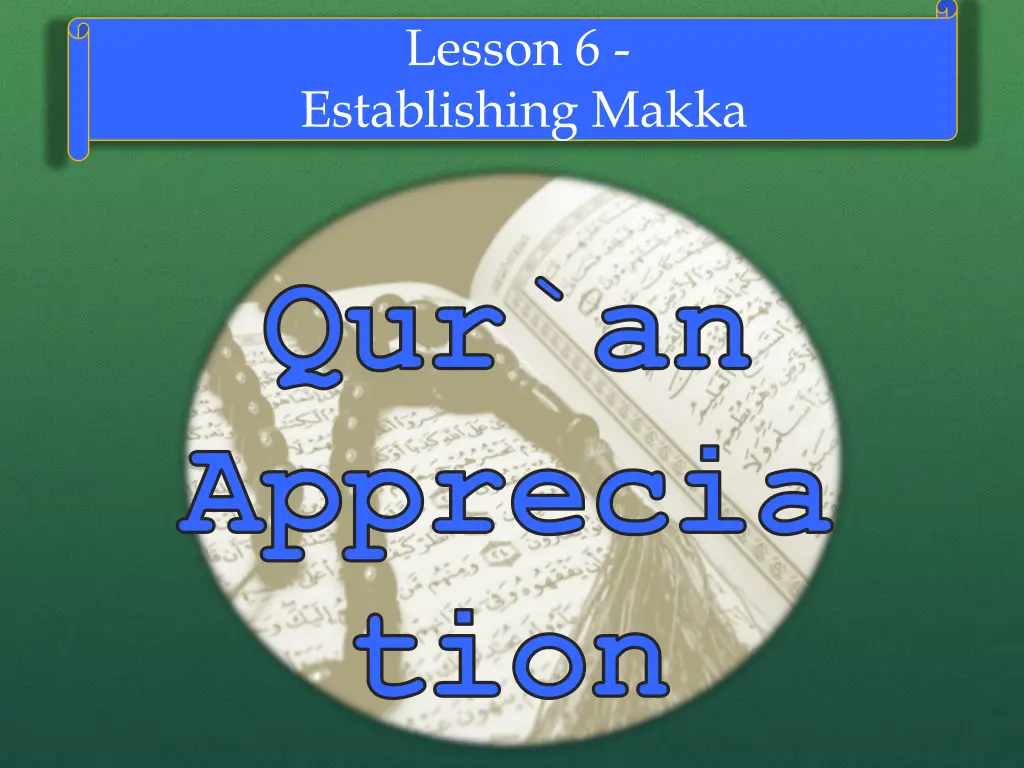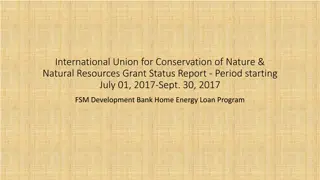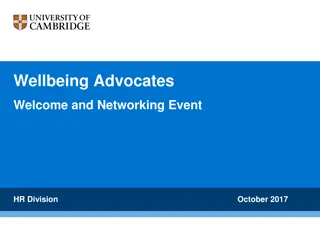
Unveiling the Birth of Kaaba: Divine Guidance and Prophetic Legacy
Discover the intriguing journey of establishing the Kaaba in Makka through the divine command to Prophet Ibrahim and the pivotal role of Zamzam. Explore the sacred relationship between Prophet Ismail and Prophet Muhammad (saw), unveiling the sanctity and antiquity of the House of Allah. Delve into the biblical and historical significance of this sacred structure, connecting the dots between earthly and heavenly worship.
Download Presentation

Please find below an Image/Link to download the presentation.
The content on the website is provided AS IS for your information and personal use only. It may not be sold, licensed, or shared on other websites without obtaining consent from the author. If you encounter any issues during the download, it is possible that the publisher has removed the file from their server.
You are allowed to download the files provided on this website for personal or commercial use, subject to the condition that they are used lawfully. All files are the property of their respective owners.
The content on the website is provided AS IS for your information and personal use only. It may not be sold, licensed, or shared on other websites without obtaining consent from the author.
E N D
Presentation Transcript
Lesson 6 - Establishing Makka Qur`an Apprecia tion
STARTER ACTIVITY IN PAIRS: Recall the story of Bibi Hajra and zam zam First child to retell the story up to P.Ibrahim leaving Bibi Hajra and the baby Second child to finish the story off
Learning Objectives: To examine the role of Zamzam in establishing the Kaaba and creating a community in Makka To appreciate the introduction of the practice of khums To illustrate the relationship between Prophet Ismail and Prophet Muhammad (saw)
Zamzam became the focal point in the land of Bakkah. Once news spread that the barren land was now fertile, people flocked to Bakkah and eventually a small community was formed.
Allah (swt) then commanded Prophet Ibrahim to raise a house where people could gather and perform worship, And [mention] when We made the House a place of return for the people and a place of security. And take, O believers, from the standing place of Abraham a place of prayer. And We charged Ibrahim and Ismail, [saying], Purify My House for those who perform Tawaf and those who are staying [there] for worship and those who bow and prostrate [in prayer]. Surah al- Baqara 2:125
Thus, Allah (swt) inspired Prophet Ibrahim to the location of the Kaaba, which was originally built by Prophet Adam. It is said that the Kaaba on earth is built in similar size and stature to one directly above in heaven known as Baitul Ma moor, where the angels perform their worship.
Prophet Ibrahim, with the help of Prophet Ismail erected a building on top of the foundation laid by Prophet Adam. This became known as Baitullah the House of Allah. Its sanctity and antiquity is older than history itself.
This is also mentioned in the Bible, in the Chapter of Genesis where there is a description of a building when God ordained Prophet Ibrahim to erect a Shrine for worship. The Old Testament describes this building as the Shrine of God at several places. There is no doubt that it refers to the stone house built in Makka what we call the Kaaba.
Once Prophet Ibrahim and Prophet Ismail completed the Kaaba, Prophet Ibrahim prayed that this place remain as centre of worship for all good and pious people and that Allah (swt) should keep his family as the custodians of the Holy Place.
Ever since, Prophet Ismail and his descendants remained the custodians of the Holy Shrine. Several decades later, Bakkah then became known as the land of Makka as we call it today. The well of Zamzam was blocked up and the location became unknown and eventually it was forgotten. However, when one of the descendants of Prophet Ismail, by the name of Abdul Muttalib became the caretaker of the Kaaba; he had a strange dream ..
He had a strange dream. He dreamt that someone walked up to him and said, DIG! The vividness of the dream woke up Abdul Muttalib who searched for the source of this voice but when he realised that it was only a dream, he fell back asleep.
Again he heard in his dream a command to DIG! This time Abdul Muttalib felt that it was a divine message but he was unsure what he was meant to dig so he prayed to Allah (swt) to guide him.
In the next dream, he was commanded to dig once again. DIG! However, this time, the voice tells him that Allah (swt) wants him to dig the well of Zamzam and even provided the location of the well. : https://www.youtube.com/watch?v=A zHX8SlJkoM
When dawn came, Abdul Muttalib took his son Harith and headed to the location shown to him in his dream and started digging eagerly in search of the lost well. Soon, half of Makka had gathered to witness Abdul Muttalib as he rediscovered the lost well of Zamzam. In addition to finding the fabled lost well, Abdul Muttalib discovered some valuable treasures. The people of Makka demanded that Abdul Muttalib shared the treasure with them as they too were descendants of Prophet Ismail. At this point Abdul Muttalib declared that as per the Arab custom, there would be lots drawn.
The lots resulted in some portion of the treasure being given towards the maintenance of the Kaaba, and the rest to Abdul Muttalib while the other clan members won nothing. Abdul Muttalib then gave a fifth of his portion towards charity thereby starting the practice of khums which then became an essential part of Islam, as mentioned in the Quran .
It was also during this incident that Abdul Muttalib wished he had more sons to have helped him in his task. Allah (swt) granted his wish and blessed him with 10 sons the youngest of whom was Abdullah who became father to the greatest man to walk this earth Prophet Muhammad (saw).
How can we reflect Zamzam in human form?






















